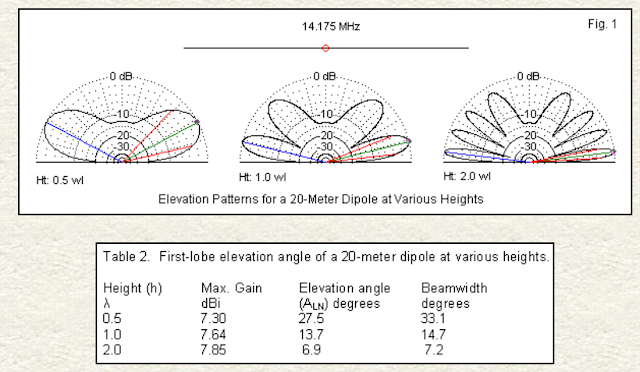I made one QSO, was heard in Costa Rica, and maybe found a wavelength tall natural antenna tower in Albuquerque. Here's a view from below of the mesa the POTA station was situated on.
Park:
Petroglyph National Monument POTA K-0955.
Radio Details:
Radio: RockMite 20
Antenna: Halfwave dipole
Happenings of Interest
Shyoooo, I was tired. I spent a few minutes debugging the lack of audio when I turned on the radio. In the end, the answer was...... I hadn't plugged in the headphones. I was so tired. It's been a week.Here's the thing though: the antenna was 5.5 ft off the ground during most of the POTA. And, as you might expect from reading any number of ham radio books that exhort the amateur radio neophyte to build a tower as soon as possible, I only made one QSO, to a station a few blocks away. (Actually, I thought that was pretty cool! That might have been the shortest QSO the RockMite ever made.) As you might not have expected—I certainly didn't—the radio was heard in Costa Rica... Repeatedly.... on the RBN. And that's the only station that spotted the RockMite, the one in Costa Rica.
See that last spot of the evening? The antenna feed point was eight inches off the ground at that point. Yes, the final transistor of the RockMite is very forgiving.
So... how? I've got a theory. I don't have the experience to know if there's anything to this at all, but I have a theory. Referencing my favorite page on antenna height vs. elevation angle, I found the following diagram and table relating dipole height to elevation angle.
In the following, pay particular attention to the antenna results when the dipole is a whole wavelength above ground.
Armed with my antenna data, I started making observations. I was on top of a mesa. Here's a nice picture of the site from Google Earth:
The white path leads off to KG5WPZ who boomed in from a few blocks away. The yellow line runs roughly perpendicular to the dipole, and extends out to Cost Rica ala
Notice that the two lines intersect at the cedar that was one of the dipole supports, about twenty meters back from the edge of the mesa. Turns out, the mesa was also very close to exactly twenty meters above the surrounding neighborhood. Did the dipole—even virtually sitting on the ground—think it was on a wavelength tall tower? Maybe. Let's do some math.
The distance to Costa Rica from the mesa is 3,450 kilometers. Half of this distance is 1,725 km. The ionosphere as measured by hmF2 at three different—kinda nearby—ionosonde's was in the neighborhood of 435 km up. In Boulder, the ionosonde mostly due north of here, the height for hmF2 was 423.9 km. Taking the arctan of the height hmF2 divided by the distance to the midpoint—so assuming a single skip in other words—gives an elevation angle of 13.8 degrees, not so far off of 13.7! There's a snag though. All three ionosonde's note that their MUF is below 14.0584 MHz, the frequency the RockMite was working on most of the evening. I mean the ionosphere clearly was working from New Mexico, because I don't think the RockMite can ground wave all the way to Costa Rica.
If you're interested in the math, I'd love a check on this.
QSO Log
| Callsign | rx RST | tx RST | Time (GMT) | Frequency |
|---|---|---|---|---|
| KG5WPZ | 599 | 599 | 02:37 | 14058.3 kHz |
POTA tx QSL:
QSL rx album:
References
POTA (Parks on the Air)
Austin Ionogram:




Comments
Post a Comment
Please leave your comments on this topic: